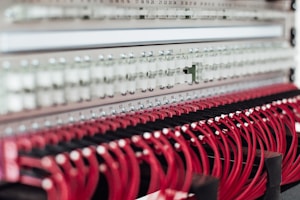Imagine being able to keep several backups of a certain piece of information in several places. This has many benefits, and the potential that comes with this ability is mighty, especially for information systems that run on the modern web. These applications will require a redundant form of keeping a backup of all the information that passes through it so that in the event there is a huge attack or a disaster in the information system, the recovery can be made from the backups and the application restored to the very state it was in before the disaster took place.
Redundant systems work by keeping the same copy of a simple piece of information on more than one server, and usually, the servers have to be in separate physical locations. These servers also replicate the information so that they can keep track of all the pieces of backup that are being made to the information. The redundant systems do not have to store the same information on the same servers. In some cases, they can even split the same piece of information and have the separate pieces stored on separate servers, which is why the systems are known to keep information kept safely and properly backed up.
The systems are also designed to be foolproof. If the information needs to be used to restore an application that had failed, the redundant system kicks in instead of the application being restarted. A replica of the application that is not in an active state will keep the data passing through the system constantly backed up. With this comes a ready-to-deploy copy of the same application, which can be reverted to if the application fails to work as expected. These systems are also powerful, like their operations’ nature in that they do not have to be activated all at once. Only a single instance of the redundant system has to be running. The others act as a readily available backup to keep the system or web application running if one of the servers fails or receives too much traffic.
Redundant systems are also known to work very effectively when they are stored on separate servers. This prevents information that is only on one server from getting lost or corrupted in total. In contrast, a separate server can have accurate snapshots of the application before it was corrupted. This nature of backing up systems and information on the application is why modern information systems make use of the redundant approach to reduce dependency on one of the servers and ensure that the reliability of the information system is not broken.
In brief, redundant systems can work by acting as secure backups that will only kick in when the application has stopped running on one of the other servers. This is made such that the application runs on several servers but keeps track of the information used to run the system for accuracy.








